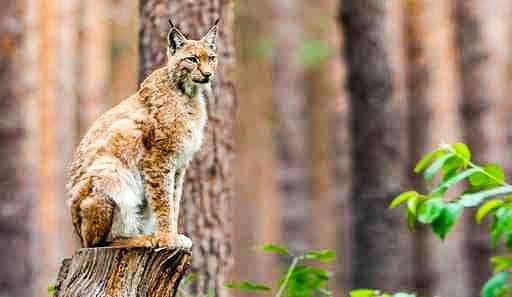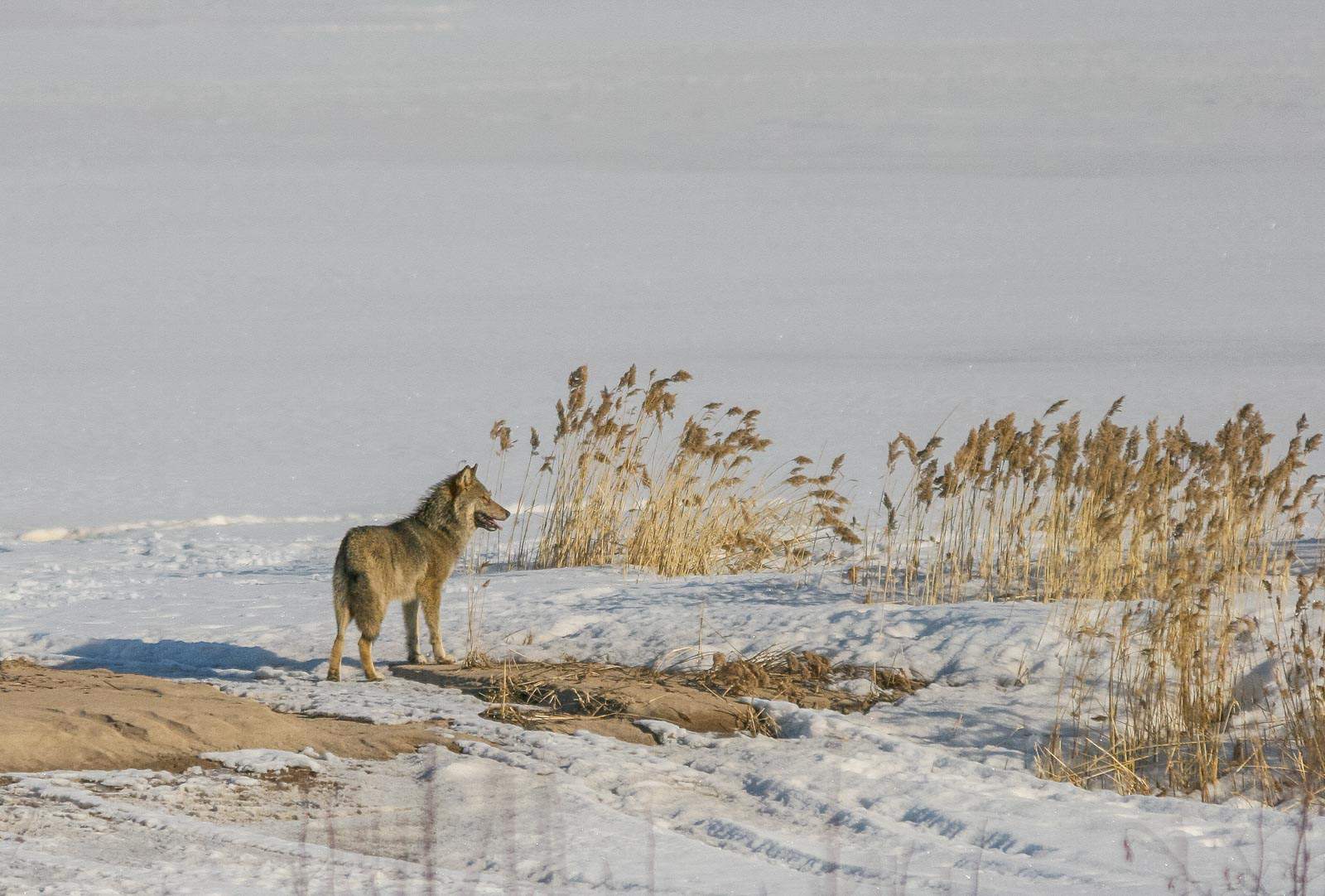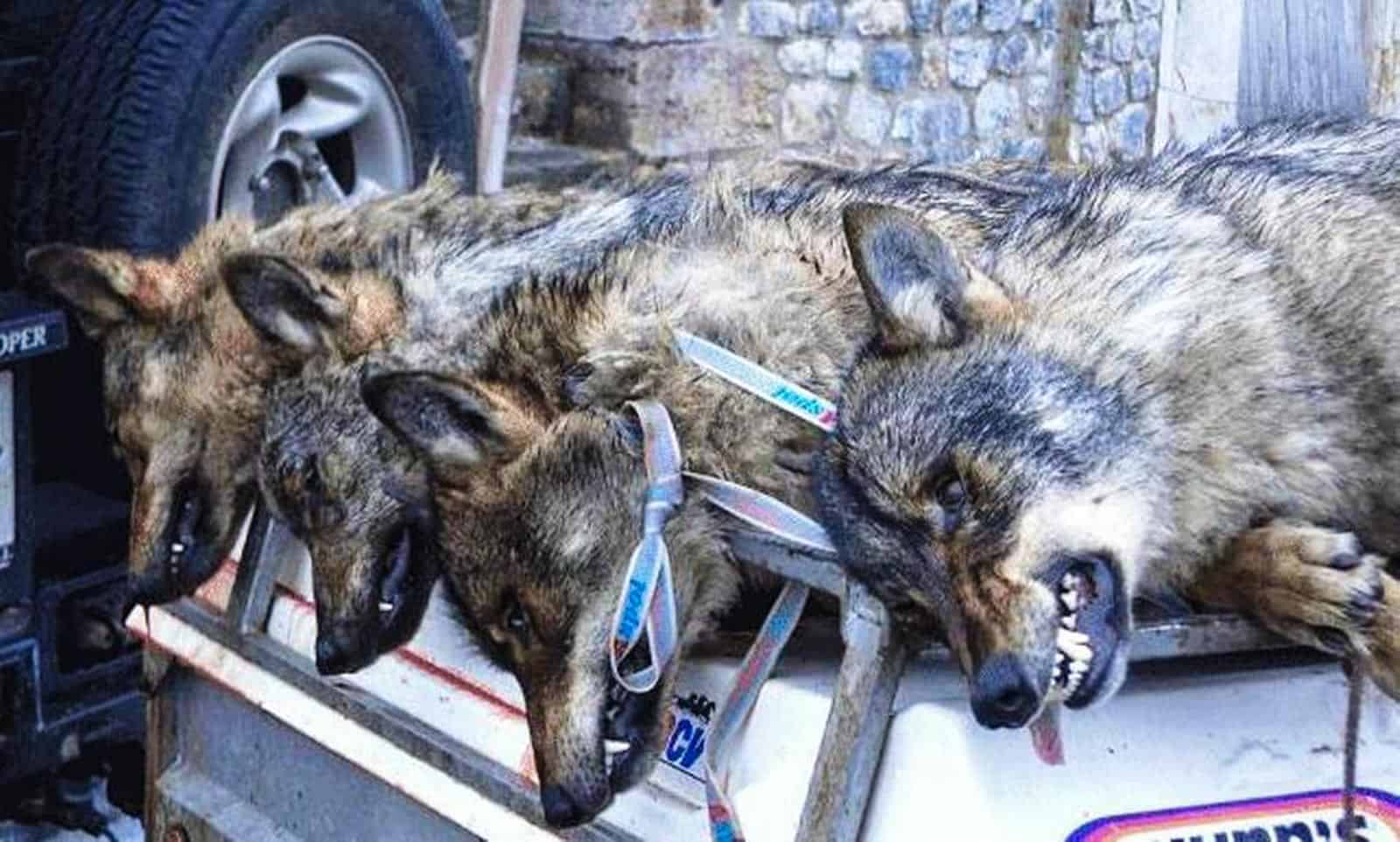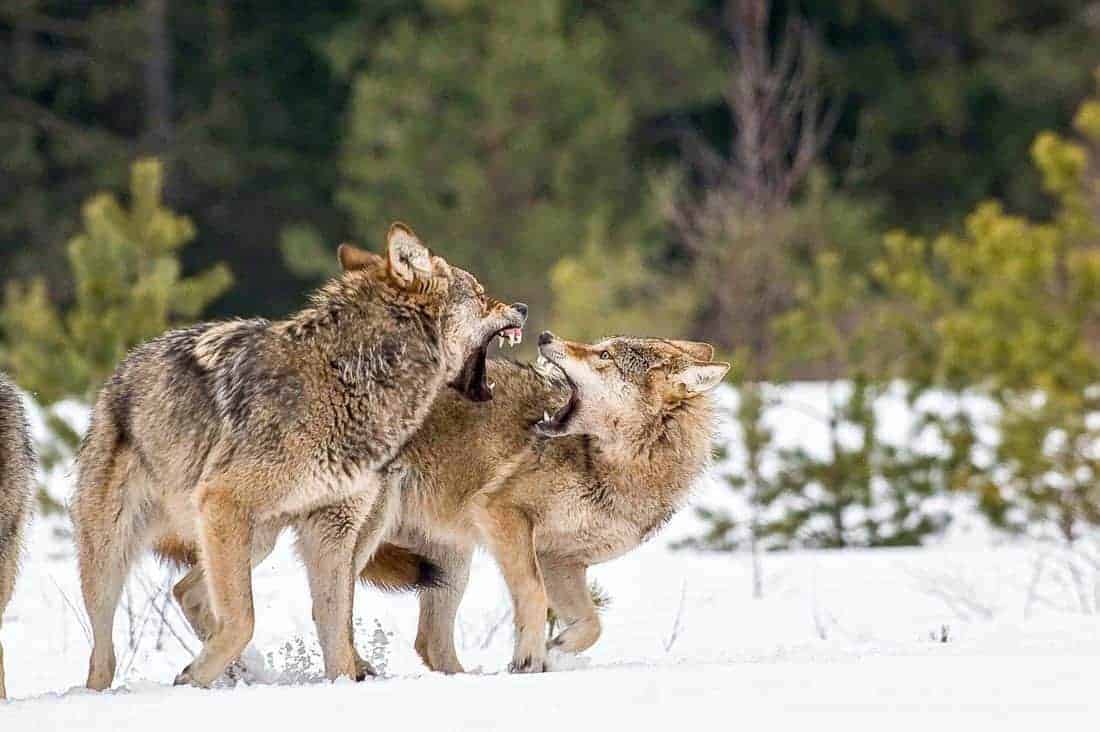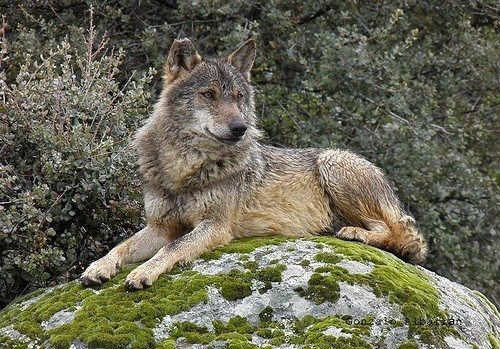Human-wolf conflict in Cantabrian mountains
The Cantabrian mountains in Spanish province of Asturias is home to a large population of wolves – about 200 to 250 individuals . There, livestock herding and wolves have coexisted since always. A large proportion of wolf diet in the past depended on livestock that died on the pastures and was left there. This was crucial for the successful coexistence between wolves and humans in the area. In other parts of Spain without livestock herding in the high mountains, it was much harder for wolves to survive as the levels of conflict were higher.
Please also read: Livestock herding in the Asturian Mountains, Spain
In 2004, the European Union banned leaving the carcasses of domestic animals on pastures. Instead, the carrion had to be driven away and burnt. This significantly reduced the amount of food available for the wolves, as 30 000 domestic animals die from natural causes each year, and now need to be removed from the rural areas. Wolves and bears ate 82.35% of all carcasses left in the bush. However, also other animals, such as vultures, depended strongly on this food source. Scientific studies by the University of Santiago de Compostella have shown that this elimination of carrion in nature modified the behaviour of wolves. As a consequence, they now attack domestic livestock.
Conflict on the rise
This led to a political conflict with the wolf, where farmers demand wolf killing. As a consequence, Regional Governments yield to the pressure exerted by the unions and ranchers. It is difficult to accurately estimate the number of killed wolves each year due to poaching and lack of official control. However, most likely the number is somewhere between 100 to 150 in Cantabrian mountains alone.
Yet, despite all the killing, the attacks on livestock have not diminished. Hunting changes the structure of the wolf pack, especially if the dominant animals die. As a consequence, they disperse more, live in smaller packs and attack easier prey, in this case livestock.




A Spanish organisation FAPAS has been working on this issues for over 15 years. They have finally achieved a change in law, allowing leaving carcasses in the mountains again. However, there is still an unstructured population of wolves, causing more damage. In addition, the public opinion of the past 15 years that wolves are man’s great enemies, persists.


